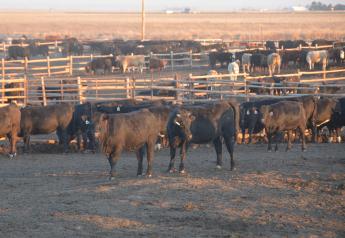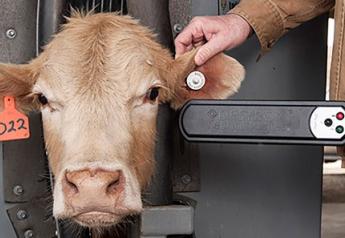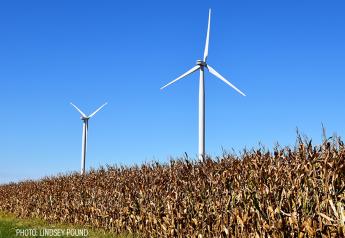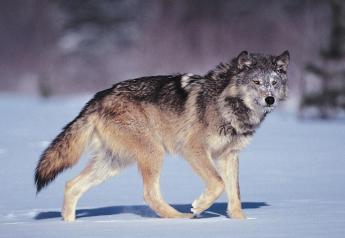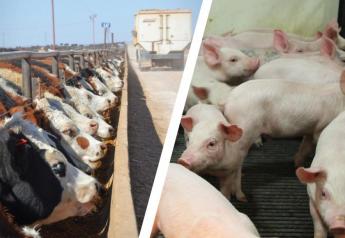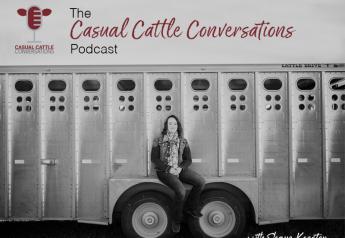''300-Day'' Grazing Program Reduces Feed Costs

Cattle producers may have the tools to hedge against volatile input costs right in their own backyards, according to findings from the 300-Day Grazing Program of the University of Arkansas Division of Agriculture.
"The concept for the extension program was to plan forage production in seasonal blocks of summer, fall, winter, and spring to match the fall-calving herd," said Dr. Tom Troxel, professor and associate department head-Animal Science. "The 300-Day Grazing Program is designed to obtain more efficient use of forages and use fertilization strategically so the hay feeding period is less than 65 days."
When the project began, the authors - Troxel, John Jennings, professor-forages; Shane Gadberry, assistant professor-ruminant nutrition; Brett Barham, assistant professor-breeding/genetics; Kenny Simon, program associate-forages; extension veterinarian Jeremy Powell; and Don Hubbell, director of the Livestock and Forestry Branch Station at Batesville - decided to put their money where their mouths were.
"The Department of Animal Science faculty, decided if they are going to teach producers how to manage for 300 days of grazing, the faculty should see if they could do it themselves," Troxel said.
And they did, using 130 acres at the Batesville station with 38 fall-calving Brangus x Balancer cows. The pastures were 40 acres of common bermudagrass and 90 acres of fescue. The forage was split 70 percent cool-season to 30 percent warm-season.
The results were striking.
"It costs between $1.10 and $1.20 to feed a cow over the winter and most producers feed hay 150 days," he said. During the first winter period - 2008-2009 - hay was fed just 18 days. For the winter of 2009-2010, hay feeding began on Jan. 4, and was intermittent through March 8, then continued daily until April 2. Hay was fed 54 days, making the grazing season 311 days.
"So the math said 300 days of grazing saved more than $100 feed cost per cow," Troxel said.
The program provided other benefits as well.
"The other component with this demonstration is improving the cows herd that we received," he said. "The first year we improved 205-day weights by 27 pounds, which equals to about $32 per calf."
Developing environmentally and financially sustainable systems to improve forage use and reduce hay dependency can improve the chances for producer success.
"While no single management practice will reduce hay dependency, fertilizer or supplemental feed, our efforts to apply research-based information is actively demonstrating that producers using an integrated approach such as stockpiling forages, legumes and grazing management will see positive results in controlling hay costs," Troxel said.
For more information on the 300-Day program, visit http://www.aragriculture.org/forage_pasture/grazing_program/.
Source: University of Arkansas Extension


